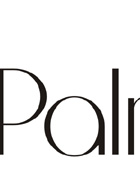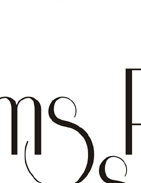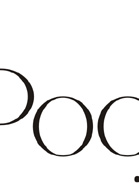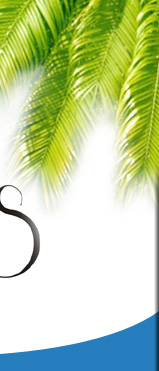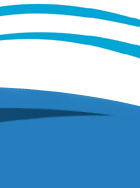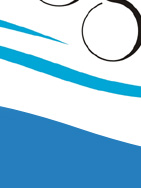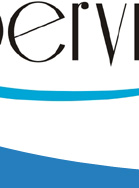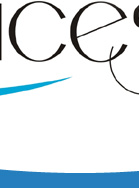| |
|
Glossary
of Pool Terms
ALGAE
- Unsightly, slippery growths that color water and use up chlorine.
These are actually plants that grow in water. The most common
types found in pools are green, black, and mustard. Proper use
of sanitizers, algaecides, and maintaining proper water balance
help prevent algae from growing in your pool.
ALGAECIDE - Chemicals designed to be used in your pool
to prevent, control, and kill algae.
ALKALINITY - Total alkalinity measures the pool's ability
to buffer pH changes.
BACKWASH
- The method regularly used to clean sand and D.E. filters by
pumping water backwards through the filter media and out through
a discharge or backwash fitting.
BALANCED WATER - Water is considered balanced when the
pH, total alkalinity, calcium hardness, metal content, sanitizer,
stabilizer (if needed), and total dissolved solids are in the
proper ranges for your pool type and sanitizer type.
CALCIUM HYPOCHLORITE - One form of chlorine used to sanitize
pools and spas. Usually comes in powder form and must be dissolved
in water before being added to the pool or spa. This form of chlorine
usually contains 65% available chlorine.
CALCIUM HARDNESS - Measure of the calcium content of
the water. If it is too high, the water is corrosive. If it is
too low, it will cause scale build up.
|
|
CHLORAMINES - Chlorine that has been
bound up by swimmer waste. This form of chlorine will not kill
algae or bacteria. The level of combined chlorine in your pool
added to the free chlorine residual gives you the total chlorine
reading.
CHLORINE
- A sanitizer and disinfectant added to pools and spas to prevent
and kill bacteria and algae. Chlorine comes in
numerous chemical forms and methods of application.
D.E. POWER - Diatomaceous earth. A white powder that
is used as the filter media in D.E. filters.
FREE CHLORINE RESIDUAL - The active chlorine level in
the pool water after the chlorine demand is satisfied.
IONIZER - Introduces copper ions into the water to aid
in killing algae and bacteria. A chlorine residual must still
be maintained and shock treatments are still required.
LIQUID CHLORINE - A sodium hypochlorite solution that
only contains about 10 to 12% available chlorine and an extremely
high pH, resulting in the need to add pH decreaser to your pool
or spa to counteract the effects on the pH.
LITHIUM HYPOCHLORITE - A fast dissolving, granular form
of chlorine that has approximately 35% available chlorine.
NON-CHLORINE SHOCK - A group of chemicals that are used
to remove ammonia compounds, nitrogen compounds, and waste from
swimmers. These compounds do not contain chlorine and do not kill
algae or bacteria.
OZONATOR - Introduces ozone into the water. Ozone is
a strong oxidizer that helps control algae and bacteria. A chlorine
residual must still be maintained and shock treatments are still
required, but they can help reduce the amount of chlorine you
must add to your pool or spa to maintain the required residual.
pH DECREASER - An acid. Lowers the pH and alkalinity
of water.
pH INCREASER - Raises pH in pool water. Add directly
to pool with pump in operation. Allow pool to recirculate 2-3
hours, retest pH and repeat treatment as necessary.
pH SCALE - A system for measuring the acidity or alkalinity
of water. Readings above 7 are alkaline; readings below 7 are
acidic.
PPM - Parts per million, a standard measure of chemical
or mineral concentration in swimming pool water.
SAND FILTER - Sand that has been cleaned and filtered
for size to be used in sand filters.
SHOCK TREATMENT - Super chlorination; by adding 5-10
times normal chlorine dose. Done periodically to remove accumulated
organic contaminants brought into the pool by wind, rain, bathers,
etc.
SKIMMER BASKET - A container, usually plastic with a
handle, located inside the skimmer that is designed to catch such
things as rocks, leaves, hair, etc. to help protect the plumbing
pipe and pump from clogging.
STABILIZER - A granular sun screening chemical that reduces
chlorine costs. Also known as conditioner and cyanuric acid.
STRAINER BASKET - Similar to the skimmer basket, except
it is located in the suction side housing of the pump.
SWIMMER WASTE - Includes such items as suntan oils, makeup,
body oils, sweat, spit, urine, etc. These bind chlorine into chloramines
if your chlorine level is not high enough. It requires a large
quantity of chlorine or non-chlorine shock to get rid of them.
TOTAL CHLORINE LEVEL - The combination of the free chorine
residual and the level of combined chlorine in your pool or spa.
This number alone is not a true measure of how sanitized you pool
or spa is. Remember only the free chlorine residual is what is
active and working to kill algae and bacteria.
WATER CLARIFER - Collects small unfilterable particles
into larger filterable masses. Does not affect pH.
|
Palms
Pool Services, LLC
6140 Michael St.
Jupiter , Fl. 33458
(561) 743-0070 |
|
|

